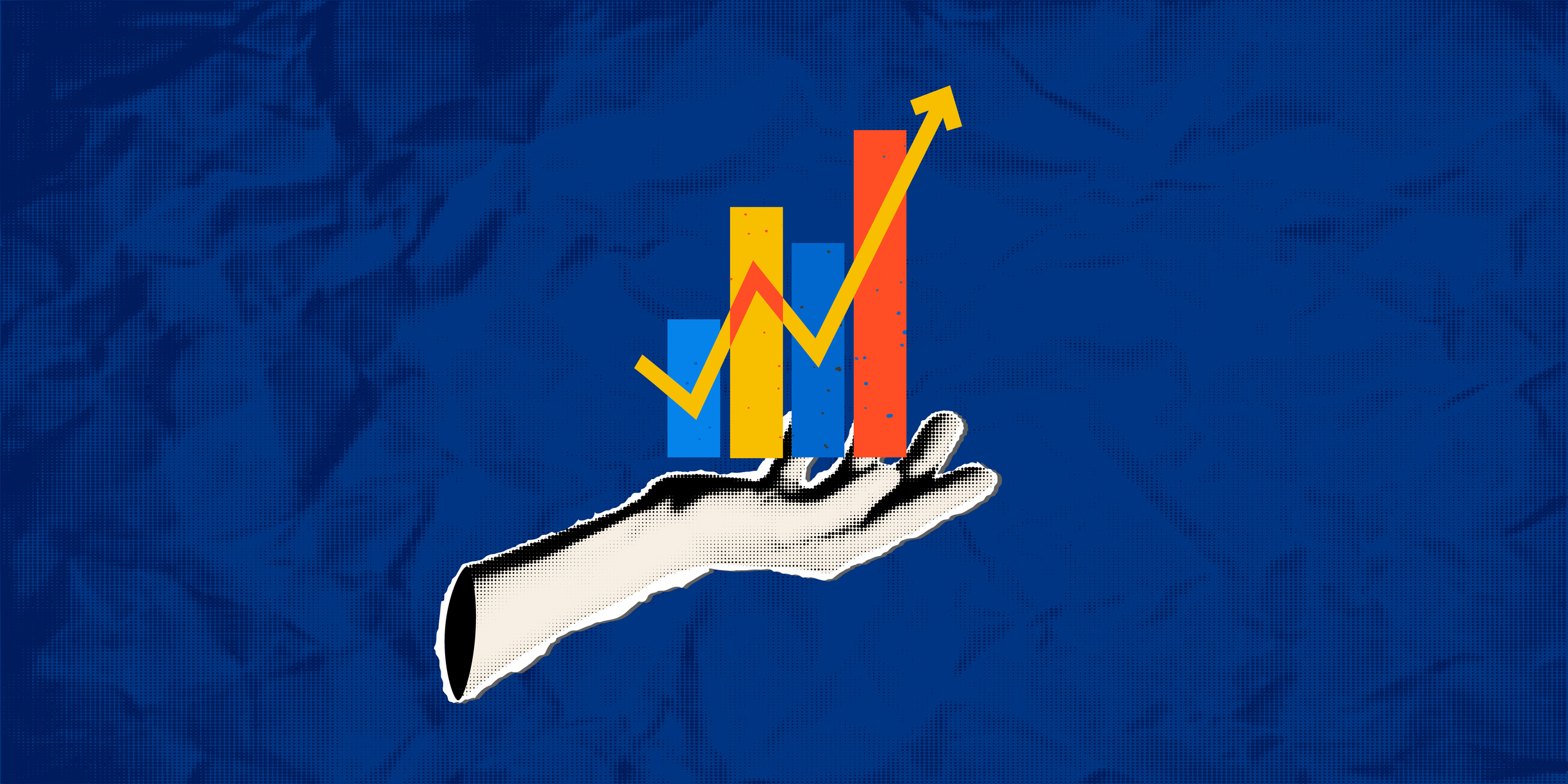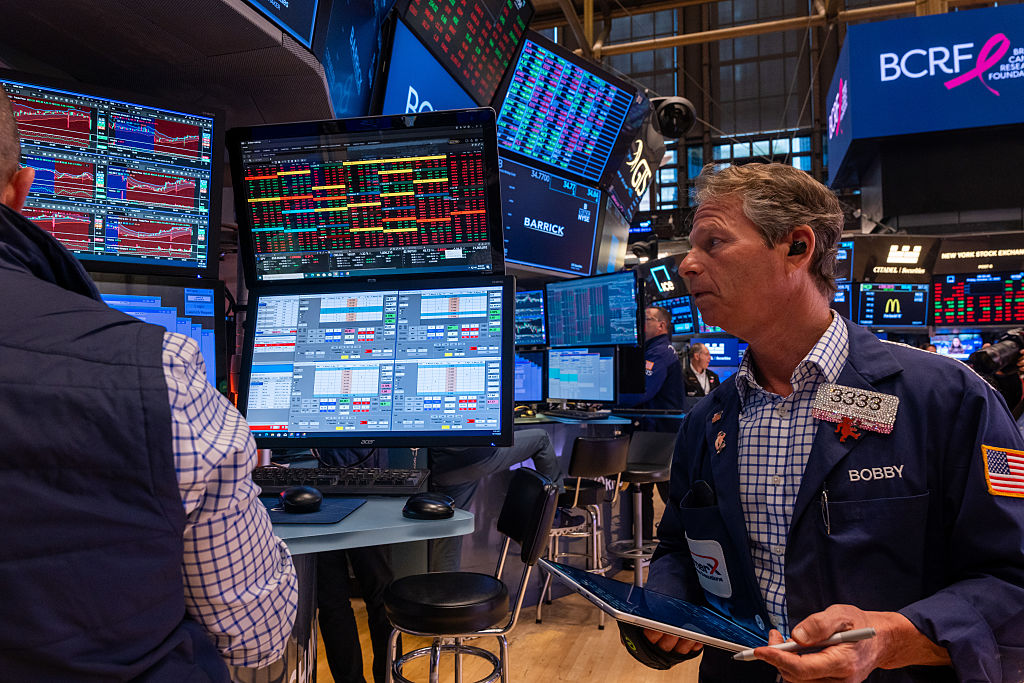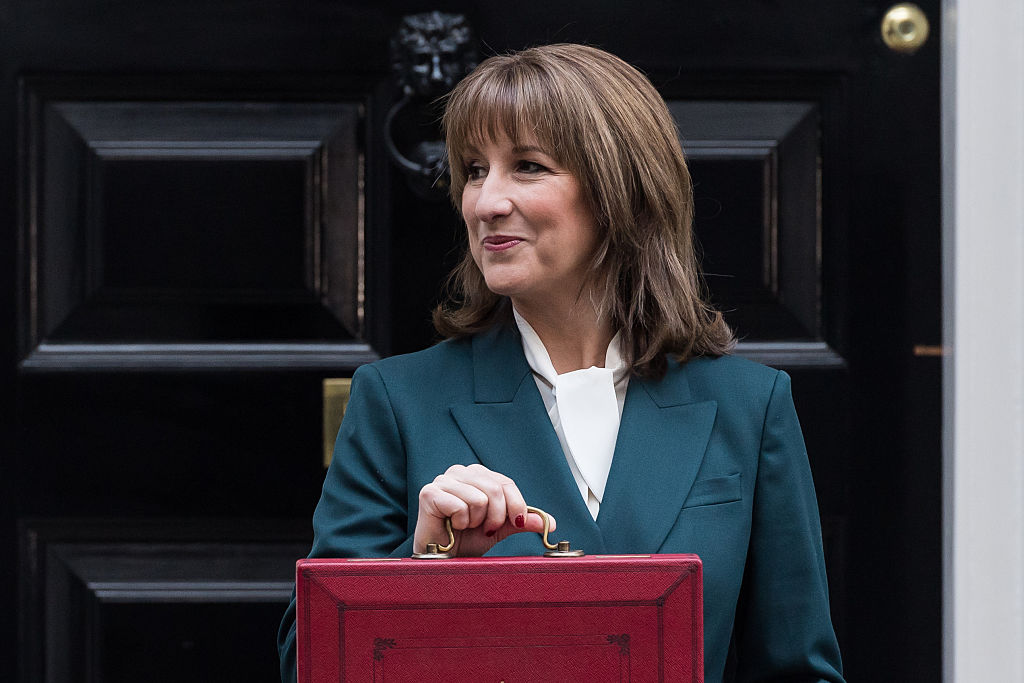The stockmarket rally has found a ceiling
On Monday America’s S&P 500 stockmarket index entered positive territory for the year, before falling back. This rally may have found its top.

Who says markets are rational? asks John Authers on Bloomberg. Academics tell us that the market dispassionately crunches data to determine prices, but psychology still matters. On Monday America’s S&P 500 broke through the level at which it started the year before falling back. Whenever stocks enter positive territory for a year that has seen so much go wrong, even market bulls seem to start looking “for reasons to sell”. This rally may have found a “hard ceiling”.
This week saw the start of the US second quarter earnings season, giving investors an opportunity to gauge the damage wrought by lockdowns, says Michael Wursthorn in The Wall Street Journal. Analysts expect S&P 500 earnings to have fallen by 45% on a year before.
The V-shaped recovery has legs...
This earnings season might actually help stocks, says Andrew Sheets of Morgan Stanley. Many companies will report that activity has picked back up since the trough in March, showing that the worst is behind us and we are now back in recovery mode. We don’t think markets have got carried away either: if they thought that we were heading for a painless recovery then small and cyclical stocks would be doing a lot better than they are.
MoneyWeek
Subscribe to MoneyWeek today and get your first six magazine issues absolutely FREE

Sign up to Money Morning
Don't miss the latest investment and personal finances news, market analysis, plus money-saving tips with our free twice-daily newsletter
Don't miss the latest investment and personal finances news, market analysis, plus money-saving tips with our free twice-daily newsletter
The reality is that “even a V-shaped recovery takes time”: we think it will be 18 months before growth in developed markets returns to normal. The V-shaped recovery still has legs, agrees Jim O’Neill on Project Syndicate. Government responses to the pandemic have “vastly exceeded” the post-2008 effort and rising savings rates could lead to a consumer boom. Key global indicators such as US employment, European and Asian purchasing managers’ surveys and South Korean exports have all improved markedly over the past two months.
Optimists hope that profits will follow the same pattern, writes Michael Mackenzie in the Financial Times. The rebound will not happen in a single quarter, but bullish analysts expect profits to jump by more than 28% next year as they recover ground lost to the pandemic.
... but longer-term problems pile up
Wall Street analysts are a “perennially optimistic” bunch, but the challenges are mounting, says Mackenzie. The latest Covid-19 spikes are a reminder that the virus has not gone away. In the longer term, governments will need to pay for the vast debt loads accumulated during the health crisis. That is likely to mean higher taxes on business. Michael Arone of State Street Global Advisors calculates that a full reversal of America’s 2018 tax cuts would deal a 7%-8% hit to S&P 500 earnings.
The high-tax scenario is looking increasingly likely. Donald Trump’s poor pandemic response means he will need “something close to a miracle” to be re-elected, says Jeremy Warner in The Daily Telegraph. A weakened president will be tempted to engage in sabre-rattling. The US and China squared off over the South China Sea this week – hardly propitious for global trade. Yet soothed by central banks’ monetary stimulus, “equity markets sail blithely on, apparently oblivious to the darkening clouds around the
Get the latest financial news, insights and expert analysis from our award-winning MoneyWeek team, to help you understand what really matters when it comes to your finances.
Alex is an investment writer who has been contributing to MoneyWeek since 2015. He has been the magazine’s markets editor since 2019.
Alex has a passion for demystifying the often arcane world of finance for a general readership. While financial media tends to focus compulsively on the latest trend, the best opportunities can lie forgotten elsewhere.
He is especially interested in European equities – where his fluent French helps him to cover the continent’s largest bourse – and emerging markets, where his experience living in Beijing, and conversational Chinese, prove useful.
Hailing from Leeds, he studied Philosophy, Politics and Economics at the University of Oxford. He also holds a Master of Public Health from the University of Manchester.
-
 My 6.5% Nationwide regular saver is due to mature - what are my options?
My 6.5% Nationwide regular saver is due to mature - what are my options?Nationwide’s 6.5% regular saver is due to mature for those who opened one last year. Here is what you can do now to make the most of your savings
-
 Leading European companies offer long-term growth
Leading European companies offer long-term growthOpinion Alexander Darwall, lead portfolio manager, European Opportunities Trust, picks three European companies where he'd put his money
-
 Leading European companies offer long-term growth prospects
Leading European companies offer long-term growth prospectsOpinion Alexander Darwall, lead portfolio manager, European Opportunities Trust, picks three European companies where he'd put his money
-
 How to harness the power of dividends
How to harness the power of dividendsDividends went out of style in the pandemic. It’s great to see them back, says Rupert Hargreaves
-
 Why Trustpilot is a stock to watch for exposure to the e-commerce market
Why Trustpilot is a stock to watch for exposure to the e-commerce marketTrustpilot has built a defensible position in one of the most critical areas of the internet: the infrastructure of trust, says Jamie Ward
-
 Tetragon Financial: An exotic investment trust producing stellar returns
Tetragon Financial: An exotic investment trust producing stellar returnsTetragon Financial has performed very well, but it won't appeal to most investors – there are clear reasons for the huge discount, says Rupert Hargreaves
-
 How to capitalise on the pessimism around Britain's stock market
How to capitalise on the pessimism around Britain's stock marketOpinion There was little in the Budget to prop up Britain's stock market, but opportunities are hiding in plain sight. Investors should take advantage while they can
-
 London claims victory in the Brexit wars
London claims victory in the Brexit warsOpinion JPMorgan Chase's decision to build a new headquarters in London is a huge vote of confidence and a sign that the City will remain Europe's key financial hub
-
 Reinventing the high street – how to invest in the retailers driving the change
Reinventing the high street – how to invest in the retailers driving the changeThe high street brands that can make shopping and leisure an enjoyable experience will thrive, says Maryam Cockar
-
 The consequences of the Autumn Budget – and what it means for the UK economy
The consequences of the Autumn Budget – and what it means for the UK economyOpinion A directionless and floundering government has ducked the hard choices at the Autumn Budget, says Simon Wilson